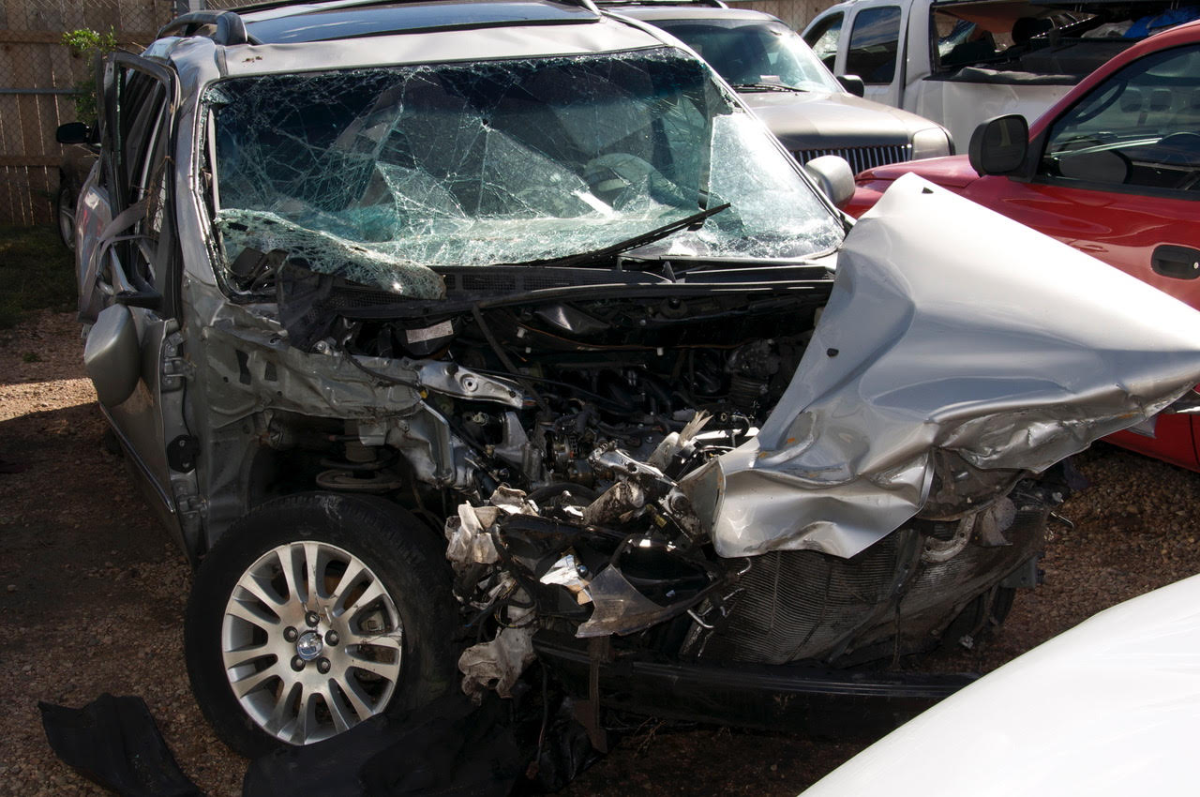The opinions in this article do not represent of the Eaton school district, administration, it’s staff, or students.
By Tyler Alm
Personally, I am a huge fan of the horror genre. I am, however, significantly less of a fan of the portrayal of psychotic people in horror. Movies and books create a sometimes subtle, sometimes obnoxious, association between psychosis and evil will. Some fantastic examples of the demonization of psychotic individuals are Misery, a novel by Stephen King, the “Halloween” classic movie series by Falcon International Productions, and the popular video game Outlast. All three forms of media feature psychotic villains.
Misery begins with fiction writer Paul Sheldon being held captive by his fan, Annie Wilkes, after an accident. The woman proceeds to use torture and threats to get him to revive her favorite book character. Along the way, Paul discovers that Annie has killed several people and that she feels no guilt for such a thing, thinking she’s on a mission from God. Such a belief in particular is a very common trope for psychotic characters, hearing a voice from God. Paul goes on the directly describe his captor as psychotic, claiming that “depressives kill themselves. Psychotics, rocked in the poison cradles of their own egos, want to do everyone a handy favor and take them along”. This is not true. While some of the psychotic demographic are violent, some percent of every demographic are violent as well, and psychotic people are certainly nowhere near the majority. There is no connection linking psychosis and violence. Annie Wilkes is undeniably evil, but her lack of any explanation leaves only one explanation for her murderous spirit: she’s psychotic. This sort of cheap stereotype is not only lazy writing, it is hurtful. The blanket statement that psychotic people wanted to hurt people is a painful reminder of the publically shared hatred for psychotic individuals.
A similar analysis of Halloween’s Michael Meyers would also reveal that he is not necessarily psychotic, but people sure think he is. Michael kills his older sister at the age of 6, and is promptly locked away in a sanitarium. Upon escaping at the age of 21, he kills several teens and begins stalking the main character, Laurie Strode. The man’s psychiatrist tracks him back to Meyers’ home town and confirms his suspicions as he finds Michael’s late sister sister Judith’s headstone missing. Doctor Loomis repeatedly describes Michael as an it, as the boogeyman, or as inhuman and says that he “never, ever, never,” wants Michael to leave the sanitarium. His most telling quote about Michael is that “I was told there was nothing left. No reason, no, uh, conscience, no understanding and even the most rudimentary sense of life or death, of good or evil, right or wrong. I met this six year old child with this blank, pale, emotionless face, and the blackest eyes, the devil’s eyes. I spent eight years trying to reach him and then another seven trying to keep him locked up because I realized that what was living behind that boy’s eyes was purely and simply evil…” The doctor is describing a child. The notion that a child is capable of such pure and unadulterated evil without any chance of redemption is ghastly and most people would, under normal circumstances, claim that children are good and pure. However, when the child is described as “psychotic,” people are more likely to believe it . The idea that psychosis is something dark and evil living inside of someone is blatantly false, but psychotic is still the word prefered to describe the empty, evil Michael Meyers. Psychosis seems to be associated with an inability to tell right from wrong, sadism, and bloodlust when really it is just a handicap on the ability to tell reality from fiction. The horror story of Michael Meyers plays into the horrible fear of psychotic people. The real horror in the film is the misrepresentation of actual sufferers. Michael Meyers an ugly caricature that encourages hatred of the psychotic.
In the popular first-person survival horror game made by Red Barrels Studio, Outlast. The player controls journalist Miles Upshur. The story follows Upshur as he breaks into an asylum to investigate allegations of unethical treatment. As he enters, he wanders upon death and destruction immediately. Venturing farther, Miles is assaulted by the mental patients. Even as one passes patients strapped down in the midst of the death, blindfolded or gagged, some with major injuries, some dead, the player still sees them as a threat to Upshur, rather than victims who are in even worse condition. The mentally ill patients are referred to by the derogatory term, “variants,” referring to their difference from the “ordinary” people. A mortally wounded character chokes out, “They got out. The Variants.” While it is intended to be a terrifying statement, the real horror is the prison or cage-like conditions these patients have been contained in. They are mutilated from failed experiments conducted on them. Rather than being appalled that such awful things were done to human beings, they are treated as subhuman enemies. While most are drones with homicidal tendencies, a handful of these “variants” have a level of coherency. A patient jumps at Miles, begging him for help. One patient even blatantly states that he would rather die than remain the asylum. Patients are shown to self harm and to feel fear, but they are treated as unable to be saved, and the game has no objective to save them, regardless of if it is possible. The ending implies that all of the people who entered the asylum of their own accord die, and the player is meant to feel sympathy for the “sane” people who died in the asylum. Regardless of the fact that the hospital is proved unethical and awful, nothing leads the player to feel sympathy toward the victims. This bias feels very real, as it is mirrored in real life: psychotic people suffer, and neurotypicals make themselves into the victims without a thought to the abuse and degradation of the mentally ill. Often times, neurotypical feelings and comfort are a higher priority to non sufferers than psychotic safety.
Psychotic people are not a tainted group. 1 percent of the population nationwide experience psychosis. That would mean, with over 500 students attending Eaton High School, statistics say at least 5 kids at EHS are psychotic. You should be no more afraid of mentally ill kids with psychosis than those with common illnesses like anxiety and depression. Psychotic kids are not an evil presence to be frightened of. Psychotic is not a synonym for evil. Claiming to be crazy or insane is not funny. No, you don’t put the hot in psychotic, actual psychotic people do, should they choose to joke about their symptoms. Today is a good day to learn that psycho is a slur. The treatment of psychotic people in media is heartbreaking and untrue.The demonization of kids and young adults with hallucinations and delusions destroys self esteem and makes people less and less likely to seek help for their illness. There are people, likely some that you know, that have bought into the lie and feel hopeless and evil. Life with psychotic symptoms is hard enough without being blamed for it and called evil. People extend love and support to people with depressive or anxious symptoms all the time, because they deem such feelings sympathetic. Psychotic people are persecuted as undesirables and it needs to end. Someone you know may be hiding their suffering from you to avoid judgement. You never know who will be hurt by your words. An imbalance of chemicals in the brain does not make someone deserving of being locked away. Directors, writers, and game makers should remember the struggle people with psychosis face before they create art at the expense of human suffering. Try to keep the words “crazy” and “psycho” out of your mouth, and help end the stigma.









